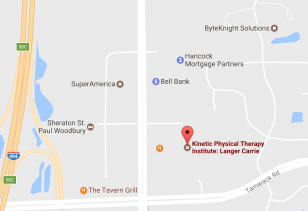New Laser Therapy Expedites Healing and Relieves Pain
How does therapeutic laser therapy work?
Current therapeutic laser application uses red and near infra-red light (600-1000nm) directed towards tissue in order to create a biological effect on the targeted area. The light must be absorbed in order to produce a biological effect. Studies have shown that when tissue cultures are irradiated by a laser, enzymes within the mitochondria of the cells absorb energy from laser light. It has also been documented that injured tissue cells absorb a greater amount of light when compared to healthy tissue cells, producing the greatest benefit where it is needed most. Phototonic biostimulation is the trigger for several metabolic changes and numerous effects have been documented:
• Accelerated tissue repair and cell growth
• Faster healing of injuries
• Reduced fibrous tissue formation
• Reduced inflammation
• Pain reduction through the release of endorphins
• Improved vascular activity and blood flow
• Increased metabolic rate within the tissue
• Improved nerve function
Who would benefit from therapeutic laser?
In general, if you have pain that is of musculoskeletal origin, you may be a candidate for laser therapy. This includes arthritis, back pain, bursitis, tendonitis, heel spurs or plantar fasciitis, neck pain/whiplash, knee pain, rotator cuff strains, hamstring pulls, nerve root pain, myofascial trigger points, chondromalacia, contusions, postoperative pain, carpal tunnel, tennis elbow/epicondylitis, joint sprains, and the accompanying swelling of these areas. In addition, if you have not responded well to other conservative treatments or drug therapy, you may receive positive results with laser therapy. As with most other treatment modalities, results may vary. Injury severity, location, and unrelated medical complications may alter individual protocols.
Deep tissue therapeutic laser is another tool that when used properly, will expedite tissue healing and provide a safe effective alternative for pain relief.

